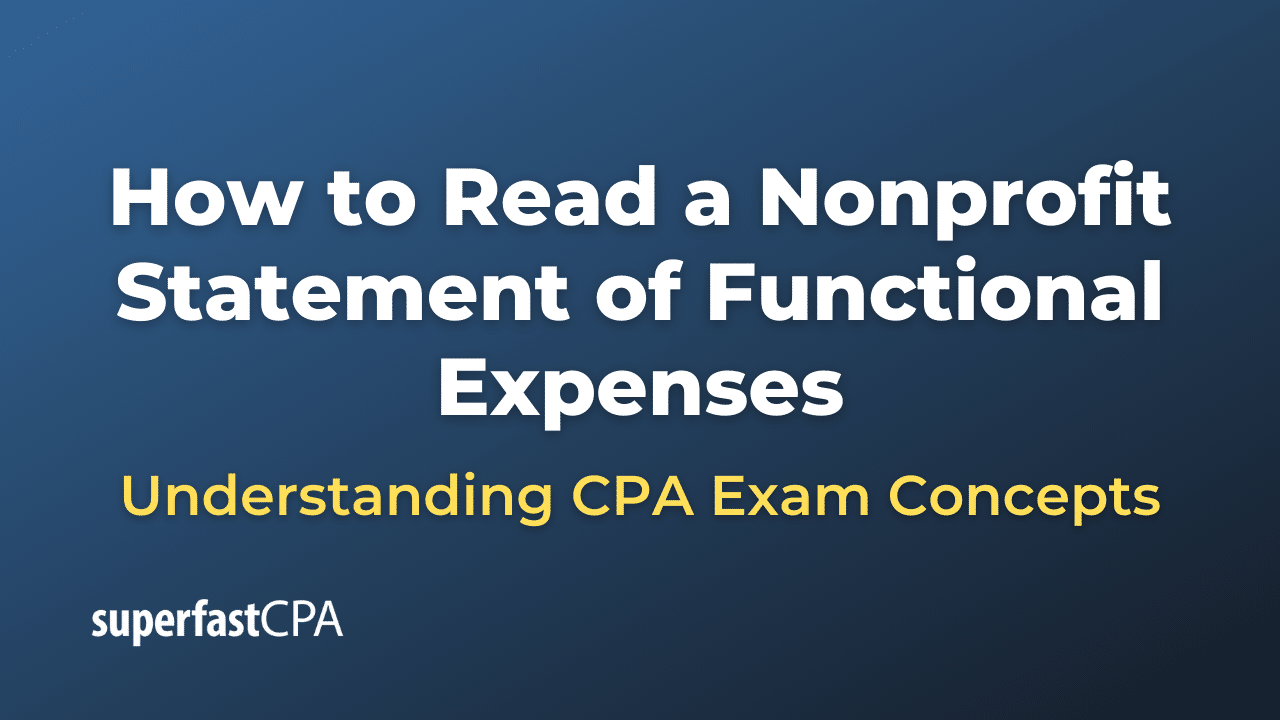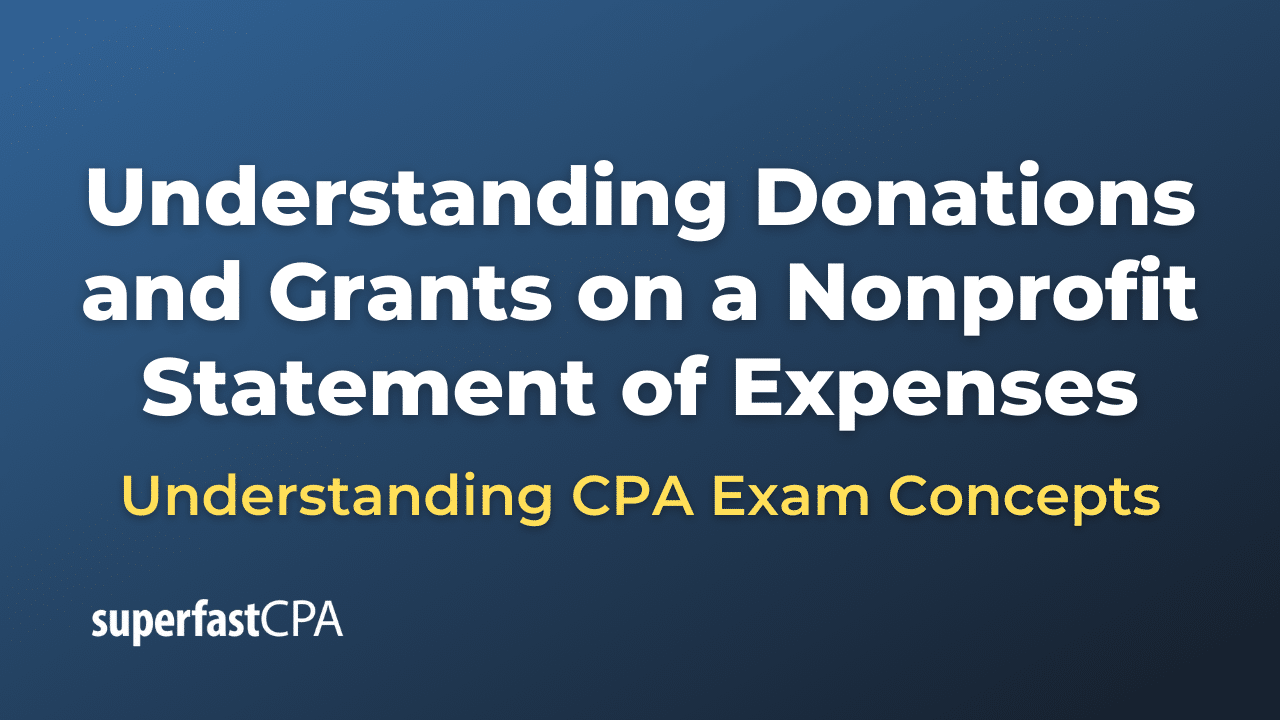Change in Working Capital
A change in working capital refers to the difference between a company’s working capital at the beginning of a financial period and its working capital at the end of the same period. Working capital is a measure of a company’s short-term financial health and operational efficiency, and it is calculated as the difference between current assets and current liabilities.
Current assets are short-term assets that can be converted into cash or used up within one year, such as cash, accounts receivable, and inventory. Current liabilities are short-term obligations that must be settled within one year, such as accounts payable, short-term debt, and accrued expenses.
A change in working capital can result from various factors, including:
- Changes in operating activities: An increase or decrease in sales revenue, cost of goods sold, or operating expenses can affect a company’s accounts receivable, inventory, and accounts payable, leading to a change in working capital.
- Changes in financing activities: Raising or repaying short-term debt, issuing or repurchasing shares, and paying dividends can influence a company’s current liabilities and, subsequently, its working capital.
- Changes in investing activities: Acquiring or selling short-term investments, fixed assets, or other assets can impact a company’s current assets and working capital.
- Seasonal fluctuations: Some businesses may experience seasonal variations in their working capital due to the nature of their operations. For example, a retail business may have higher working capital during the holiday season due to increased sales and inventory.
A positive change in working capital indicates that a company’s current assets have increased or its current liabilities have decreased, which may suggest that the company is generating sufficient cash from its operations to cover its short-term obligations. Conversely, a negative change in working capital may indicate that a company is struggling to generate enough cash from its operations to meet its short-term obligations.
Monitoring changes in working capital is essential for assessing a company’s liquidity, operational efficiency, and overall financial health. A consistent positive change in working capital may signal a well-managed company, while a negative change in working capital may indicate potential cash flow problems or inefficient management of resources.
Example of a Change in Working Capital
Let’s consider an example of a change in working capital for a hypothetical company during a financial year.
At the beginning of the financial year, the company has the following financial position:
- Current assets: $500,000 (consisting of $200,000 cash, $200,000 accounts receivable, and $100,000 inventory)
- Current liabilities: $300,000 (consisting of $150,000 accounts payable and $150,000 short-term debt)
- Working capital: $200,000 (Current assets – Current liabilities)
During the financial year, the company experiences the following events:
- Operating activities: The company generates higher sales revenue, resulting in a $50,000 increase in accounts receivable and a $20,000 increase in inventory. The cost of goods sold also increases, leading to a $30,000 increase in accounts payable.
- Financing activities: The company raises $100,000 in additional short-term debt and repays $50,000 of its existing short-term debt.
- Investing activities: The company sells a short-term investment for $25,000 in cash.
At the end of the financial year, the company’s financial position has changed as follows:
- Current assets: $595,000 ($200,000 initial cash + $25,000 from the sale of the investment, $250,000 accounts receivable, and $120,000 inventory)
- Current liabilities: $380,000 ($180,000 accounts payable and $200,000 short-term debt)
- Working capital: $215,000 (Current assets – Current liabilities)
The change in working capital for the financial year is: $215,000 (ending working capital) – $200,000 (beginning working capital) = $15,000.
In this example, the company has experienced a positive change in working capital during the financial year, indicating that its current assets have increased or its current liabilities have decreased. This suggests that the company may be generating sufficient cash from its operations to cover its short-term obligations and may be efficiently managing its resources. Monitoring the changes in working capital can help the company’s management and stakeholders assess its liquidity, operational efficiency, and overall financial health.














